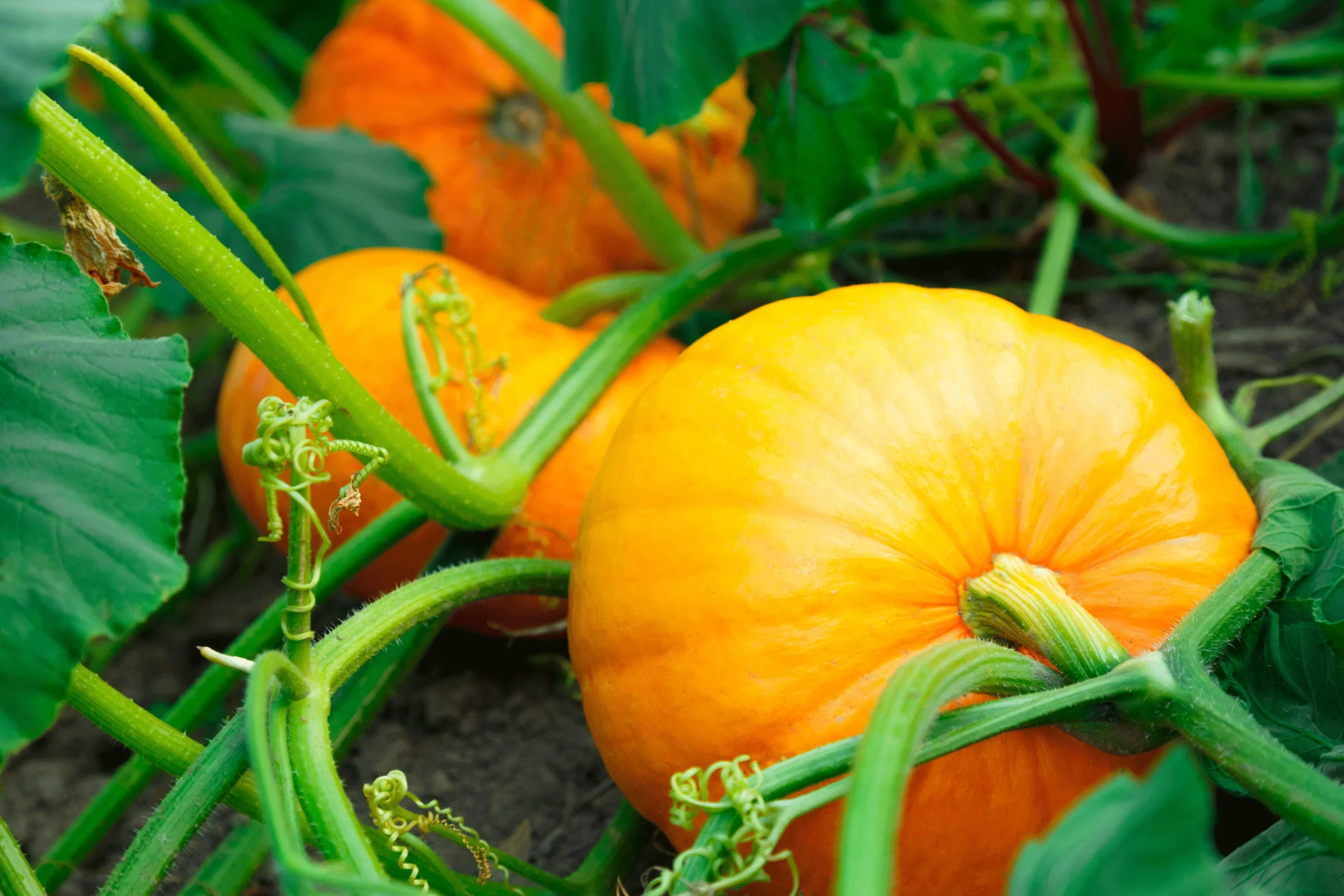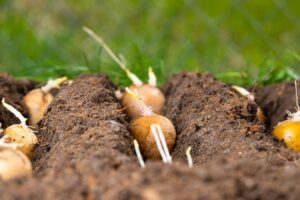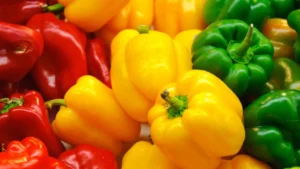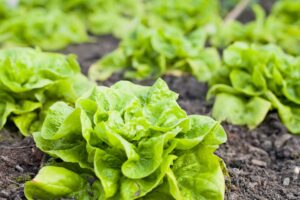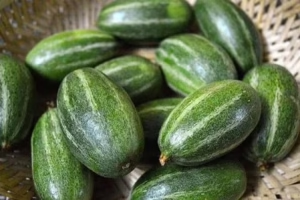How to Grow and Use Culinary Herbs: A Complete Guide to Growing Pumpkins
Growing your own pumpkins can be an incredibly rewarding experience, whether you’re planning to carve jack-o’-lanterns for Halloween, create seasonal décor, or cook delicious homemade pumpkin dishes. Pumpkins are versatile vegetables that can be grown in gardens, containers, and even indoors with the right approach. This comprehensive guide will walk you through everything you need to know about growing healthy, productive pumpkin plants no matter your space constraints or gardening experience.
Understanding Pumpkin Varieties
Before you start planting, it’s important to understand that pumpkins come in various sizes, shapes, and colors. The variety you choose should align with your available space and intended use.
Popular Pumpkin Varieties for US Gardens
| Variety | Days to Maturity | Size | Best Use | Special Features |
|---|---|---|---|---|
| Sugar Pie | 90-100 days | 4-6 lbs | Cooking, pies | Sweet flesh, excellent flavor |
| Jack-O’-Lantern | 100-110 days | 10-15 lbs | Carving | Classic orange, sturdy walls |
| Cinderella | 95-100 days | 15-20 lbs | Decoration, cooking | Unique flattened shape |
| Baby Boo | 95 days | 1/4-1 lb | Decoration | Small white ornamental |
| Atlantic Giant | 120-160 days | 100+ lbs | Competitions | Can reach enormous sizes |
| Jarrahdale | 100 days | 6-10 lbs | Cooking, decoration | Blue-green skin, long storage |
Getting Started: Growing Pumpkins from Seed
Growing pumpkins from seed is cost-effective and gives you access to more varieties than you might find as seedlings at garden centers. Here’s how to get started:

When to Plant Pumpkin Seeds
Timing is crucial when growing pumpkins. According to the USDA Plant Hardiness Zone Map (https://planthardiness.ars.usda.gov/), pumpkins are warm-season crops that should be planted after all danger of frost has passed and soil temperatures reach at least 65°F (18°C).
- Direct outdoor sowing: 2-4 weeks after your last spring frost
- Indoor seed starting: 2-4 weeks before your last spring frost
- Fall harvest planning: Count backward from your first fall frost date using the “days to maturity” for your chosen variety
Starting Seeds Indoors
If you have a short growing season or want an early start:
- Fill biodegradable pots with seed-starting mix
- Plant seeds 1 inch deep, 2 seeds per pot
- Keep soil consistently moist at 70-90°F (21-32°C)
- Place in a sunny location or under grow lights
- Once seedlings develop true leaves, thin to the strongest plant
- Harden off seedlings for 7-10 days before transplanting outdoors
Direct Sowing in Your Garden
For direct garden planting:
- Choose a sunny location with well-draining soil
- Create mounds 4-8 feet apart (depending on variety)
- Plant 4-5 seeds per mound, 1 inch deep
- After germination, thin to the 2-3 strongest seedlings
- Apply mulch around plants to suppress weeds and retain moisture
Growing Pumpkins in Limited Space
Don’t have a spacious garden? You can still grow pumpkins in containers or even indoors with some adjustments.
Container Growing Tips
You can successfully grow smaller pumpkin varieties in large containers:
- Select a container at least 24 inches in diameter with drainage holes
- Use high-quality potting mix with added compost
- Choose compact or bush varieties like ‘Small Sugar’ or ‘Jack Be Little’
- Place in a location that receives 6+ hours of direct sunlight
- Provide support for vines using trellises or allow them to cascade over the container edges
- Water more frequently than garden pumpkins as containers dry out faster
Indoor Pumpkin Growing
Growing pumpkins indoors is challenging but possible with these considerations:
- Select miniature varieties like ‘Jack Be Little’ or ‘Baby Boo’
- Use a container at least 10 gallons in capacity
- Position near a south-facing window or use grow lights providing 12-14 hours of light daily
- Maintain temperatures between 65-75°F (18-24°C)
- Hand-pollinate flowers when they appear (morning is best when pollen is most viable)
- Provide support for developing fruits
- Ensure good air circulation to prevent diseases
Caring for Your Pumpkin Plants
Soil and Fertilizer Requirements
Pumpkins are heavy feeders, requiring nutrient-rich soil:
- Before planting, amend soil with 2-4 inches of compost
- Test soil pH – pumpkins prefer 6.0-6.8
- Apply a balanced fertilizer (10-10-10) at planting time
- Once plants are established, transition to a fertilizer higher in phosphorus and potassium (5-10-10) to promote flowering and fruiting
- Side-dress with compost or fertilizer when vines begin to spread
The U.S. Department of Agriculture provides excellent resources on soil health management at https://www.nrcs.usda.gov/resources/guides-and-instructions/soil-health.
Watering Practices
Consistent moisture is crucial for pumpkin development:
- Provide 1-2 inches of water weekly (more during hot, dry periods)
- Water at the base of plants to keep foliage dry
- Apply mulch to retain soil moisture and suppress weeds
- Reduce watering as fruits ripen to improve flavor and storage quality
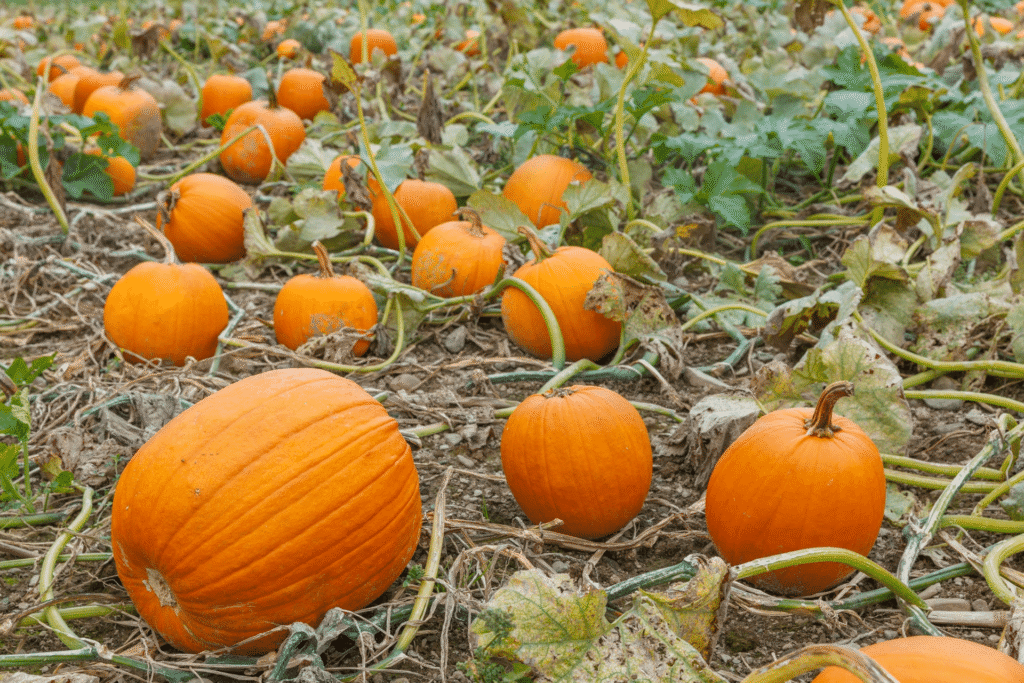
Supporting Healthy Growth
For optimal plant health:
- Provide a trellis for vertical growth in small spaces
- Place a barrier under developing fruits to prevent contact with soil
- Prune secondary vines if space is limited
- Handpick pests like squash bugs and cucumber beetles
- Monitor for powdery mildew and other fungal diseases
Pollination and Fruit Set
Understanding pumpkin flower biology is essential for good harvests:
- Pumpkins produce separate male and female flowers on the same plant
- Male flowers appear first, followed by females
- Female flowers have a small swelling (future pumpkin) at the base
- Bees are the primary pollinators – avoid pesticides when flowers are open
- For indoor or contained settings, hand-pollinate by transferring pollen from male to female flowers using a small brush
Hand Pollination Technique
To hand-pollinate:
- Identify a newly opened male flower in the morning
- Remove the petals to expose the stamen
- Gently brush the stamen against the stigma of an open female flower
- Repeat with multiple male flowers for better pollination
Common Pumpkin Problems and Solutions
Pest Management
Common pumpkin pests include:
- Squash bugs: Remove egg clusters from leaf undersides; trap adults with boards placed near plants
- Cucumber beetles: Use floating row covers until flowering; remove by hand
- Squash vine borers: Protect stems with foil wraps; inject Bt into affected vines
- Aphids: Spray with strong water stream or insecticidal soap
The EPA provides information on integrated pest management approaches at https://www.epa.gov/safepestcontrol/integrated-pest-management-ipm-principles.
Disease Prevention
Watch for these common diseases:
- Powdery mildew: Improve air circulation; apply fungicides at first sign; choose resistant varieties
- Bacterial wilt: Control cucumber beetles that spread this disease; remove affected plants
- Downy mildew: Water in morning; provide adequate spacing; apply approved fungicides
Harvesting Your Pumpkins
Knowing when and how to harvest ensures the best quality and longest storage life.

When to Harvest
Pumpkins are ready to harvest when:
- The rind is hard and cannot be pierced with a fingernail
- The fruit has reached its mature color (orange, white, blue, etc.)
- The stem begins to dry and crack
- A hollow sound is produced when you tap the pumpkin
- First light frost is approaching in your area
Proper Harvesting Technique
To maximize storage life:
- Cut stems with pruners, leaving 3-5 inches attached
- Never lift pumpkins by the stem alone
- Harvest on a dry, sunny day
- Cure pumpkins in a warm (80-85°F) location for 10-14 days
- Clean with a mild bleach solution (1 part bleach to 10 parts water) to prevent decay
Storage and Preservation
Properly stored pumpkins can last for months:
- Store at 50-55°F with 50-70% humidity
- Place on cardboard, never on concrete
- Ensure good air circulation between fruits
- Check regularly for signs of decay
- Keep decorative and culinary pumpkins separate
Saving Seeds for Next Season
To maintain your favorite varieties:
- Select fully mature pumpkins from healthy plants
- Scoop out seeds and rinse thoroughly
- Dry completely on paper towels for 1-2 weeks
- Store in paper envelopes in a cool, dry location
- Label with variety name and date
Market Opportunities in the US
If you’re interested in growing pumpkins commercially, the US market offers excellent opportunities:
- The US pumpkin market is valued at over $200 million annually
- Specialty and heirloom varieties command premium prices
- Value-added products like seeds, purees, and baked goods expand profit potential
- Agritourism opportunities include U-pick operations and farm festivals
- Local restaurants increasingly seek locally grown specialty varieties
According to the USDA Economic Research Service, most US pumpkins are grown in just six states: Illinois, Pennsylvania, New York, Indiana, Michigan, and California. You can learn more about commercial pumpkin production at https://www.ams.usda.gov/market-news/fruits-vegetables.
Conclusion
Growing pumpkins can be a fulfilling project whether you’re gardening for personal enjoyment or market opportunities. By understanding the specific needs of pumpkin plants and following proper care techniques, you can enjoy a bountiful harvest of these versatile vegetables. Remember that success often comes with experience, so don’t be discouraged if your first attempt isn’t perfect. Keep learning, adapting your approach, and enjoying the process of growing your own pumpkins at home.
Whether you’re creating festive decorations, preparing homemade pumpkin pie, or roasting seeds for a healthy snack, there’s something truly special about growing your own pumpkins from seed to harvest. With the information in this guide, you’re well-equipped to start your pumpkin-growing journey, regardless of your space limitations or gardening experience.
